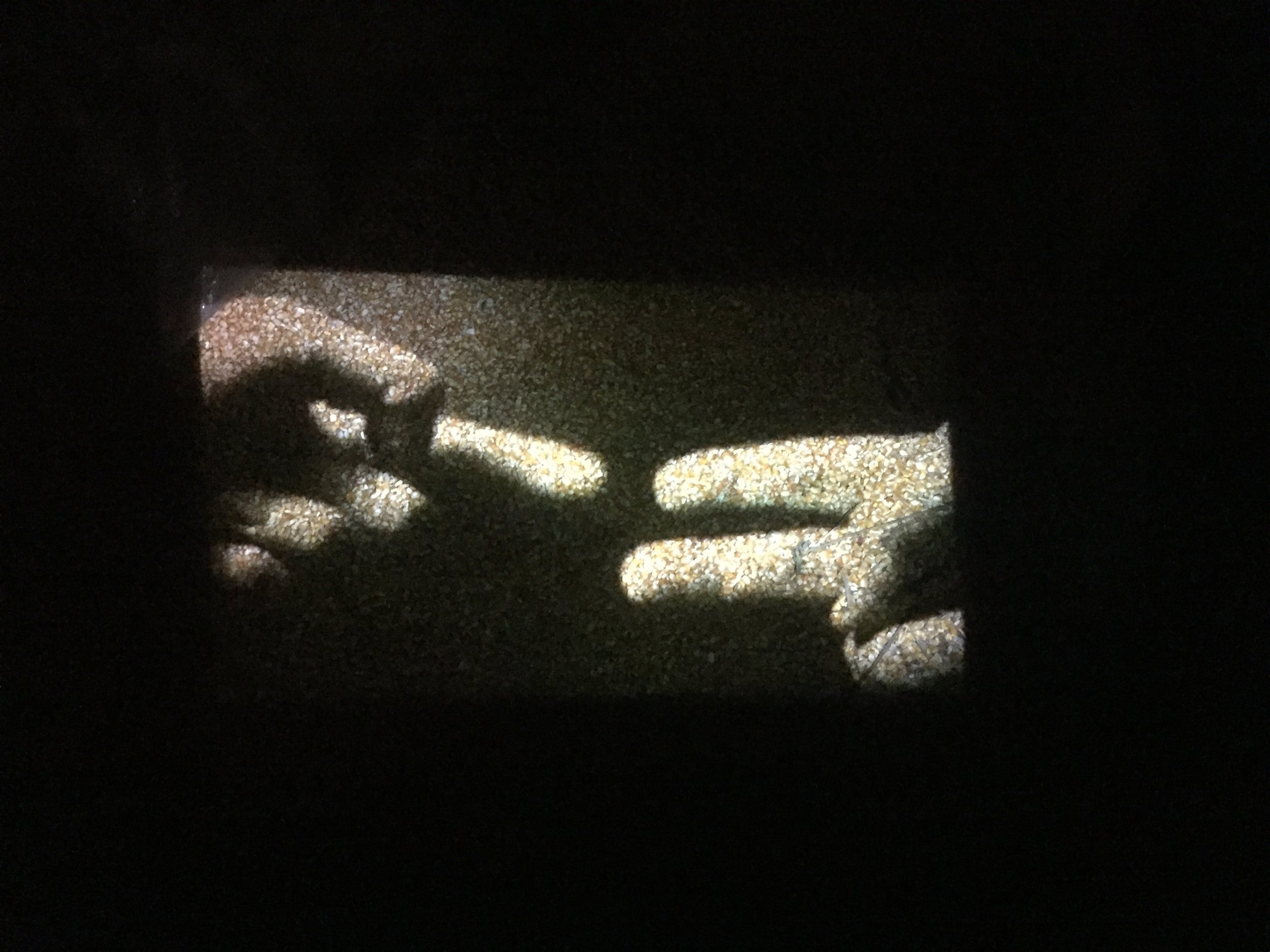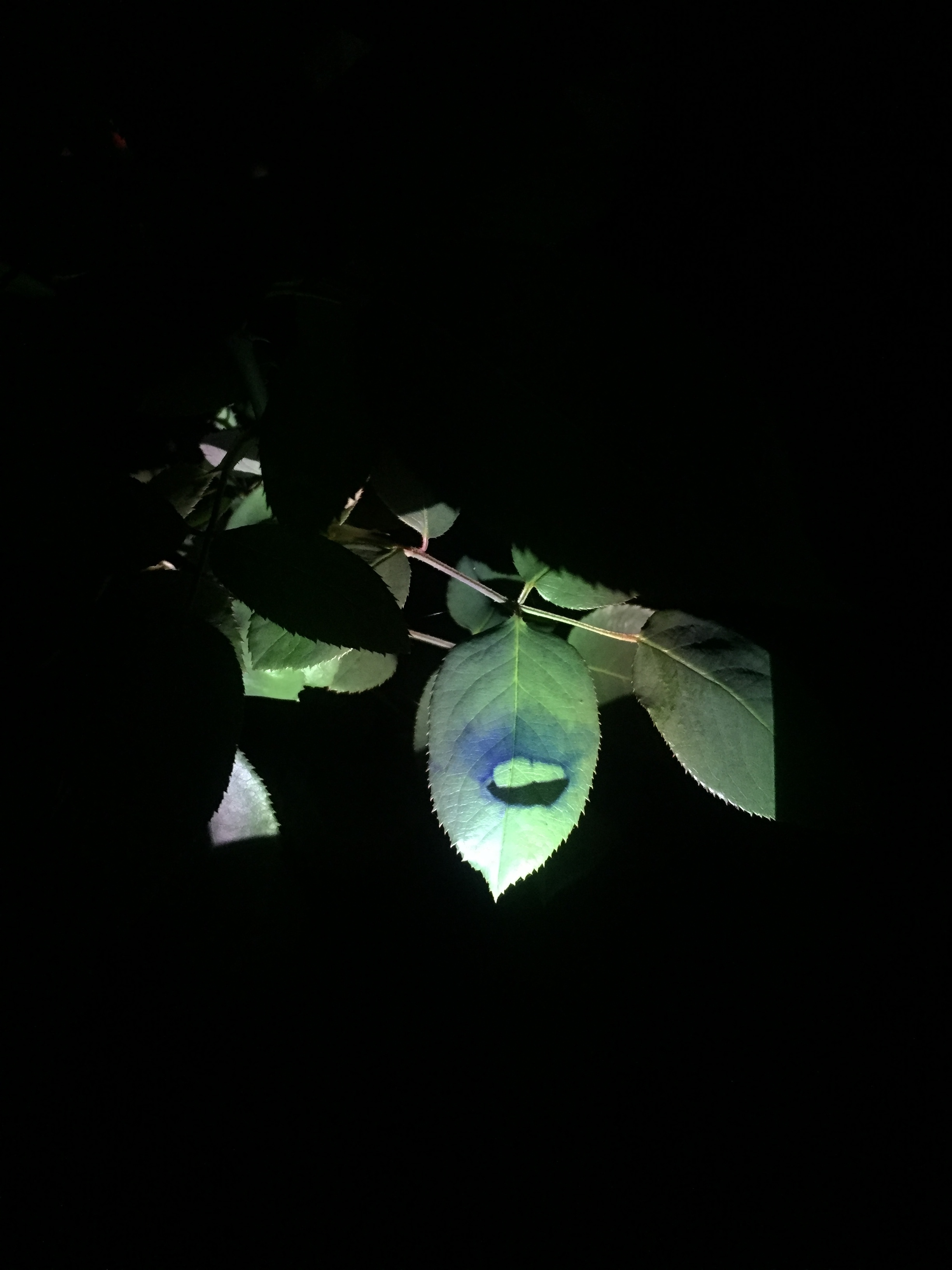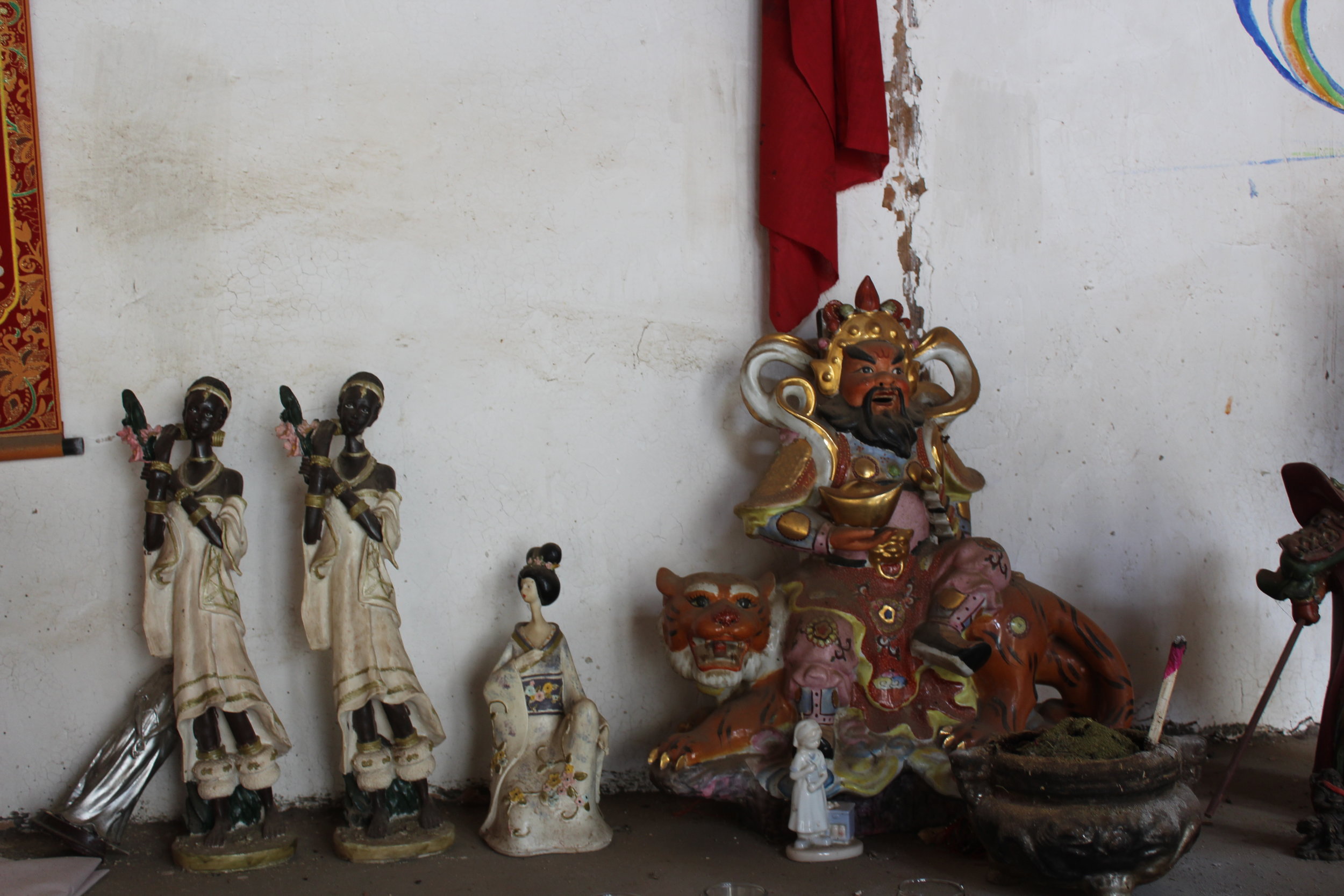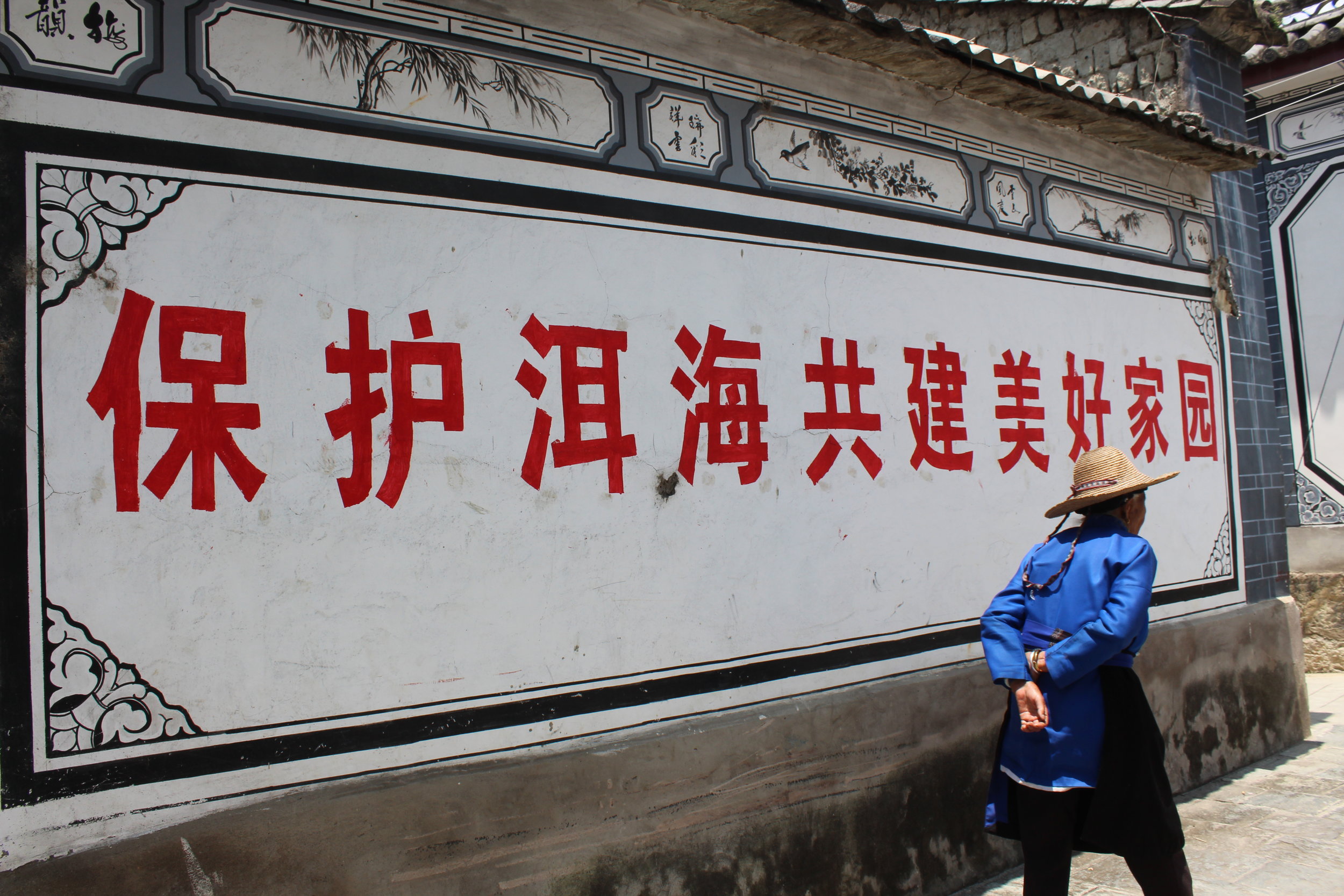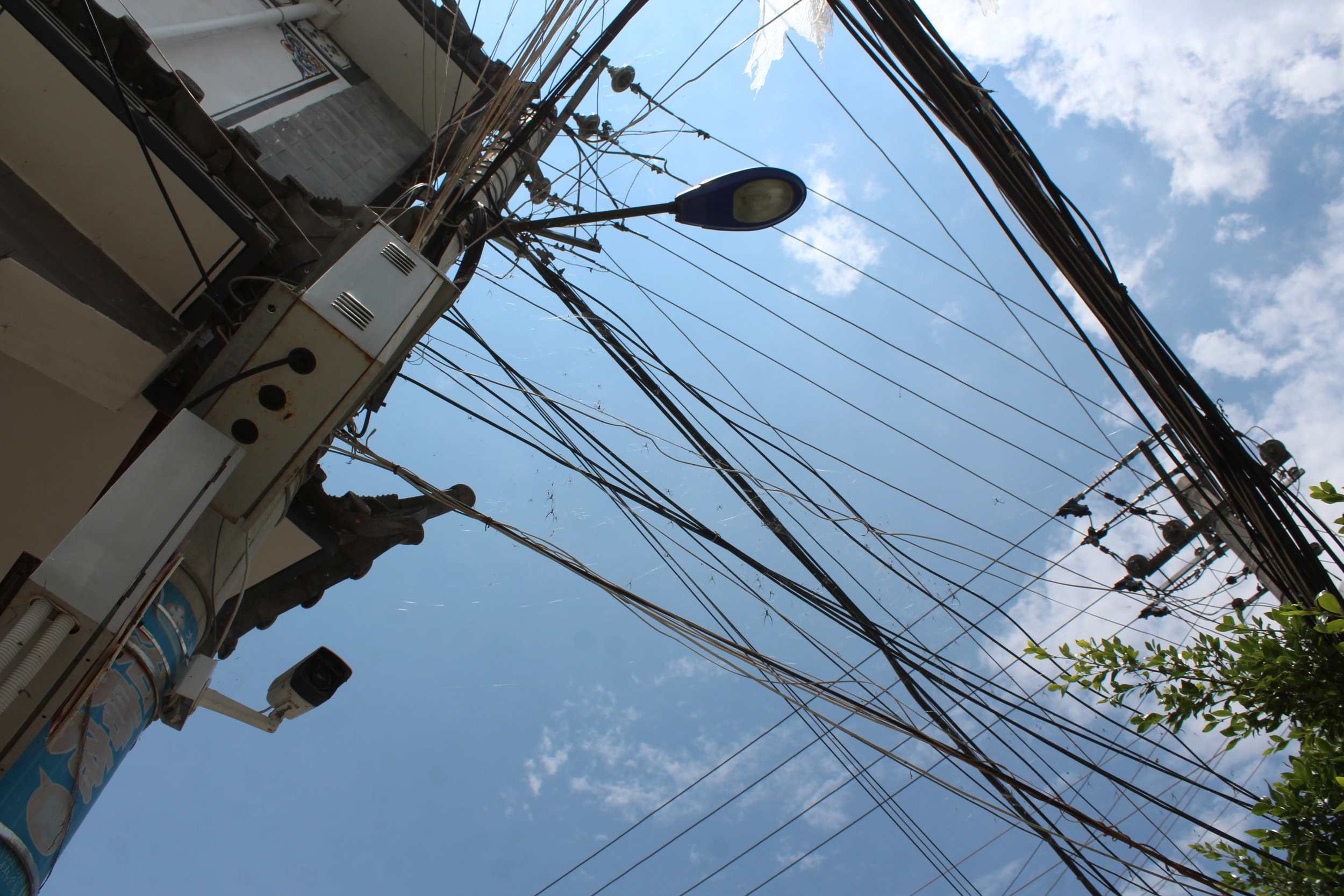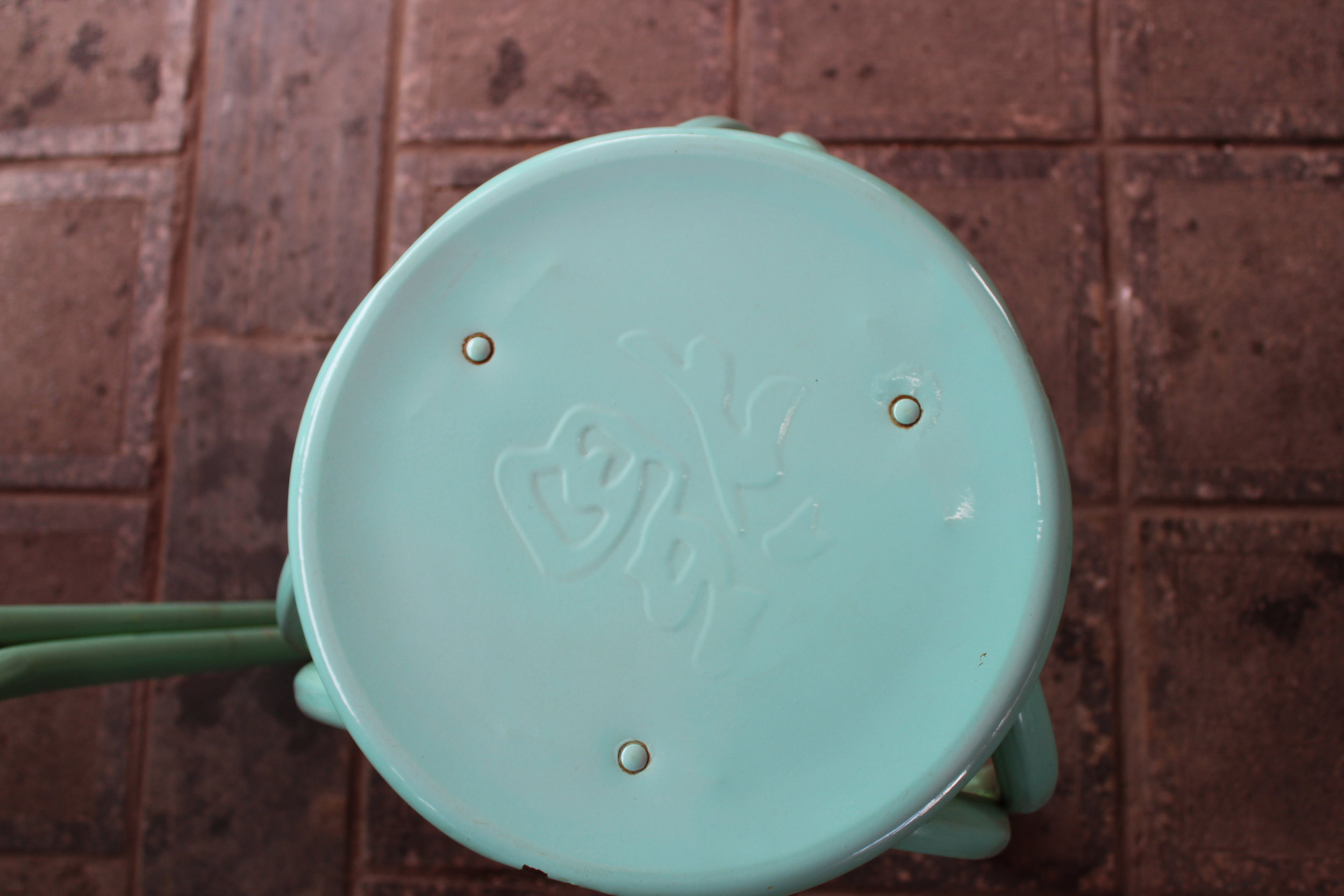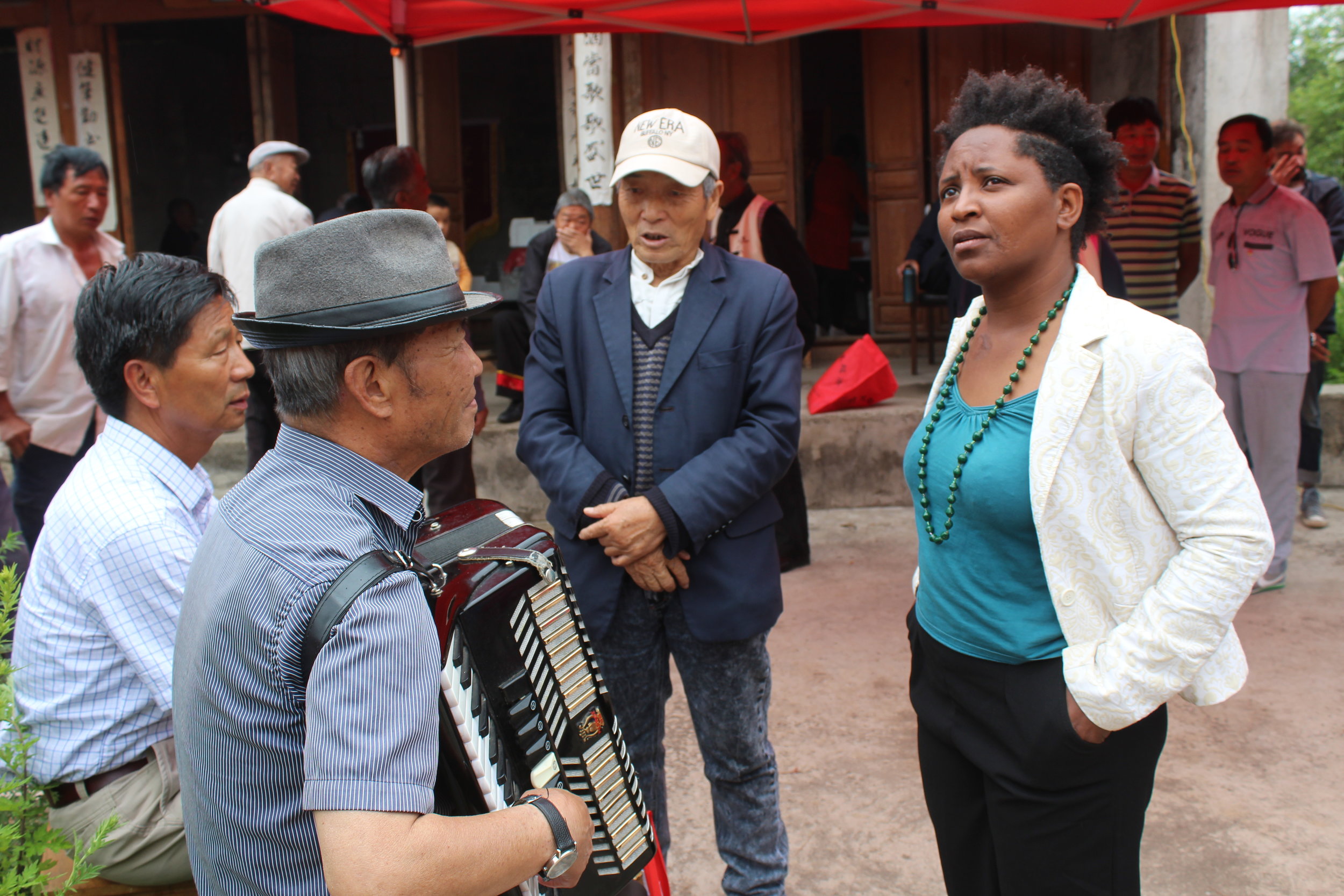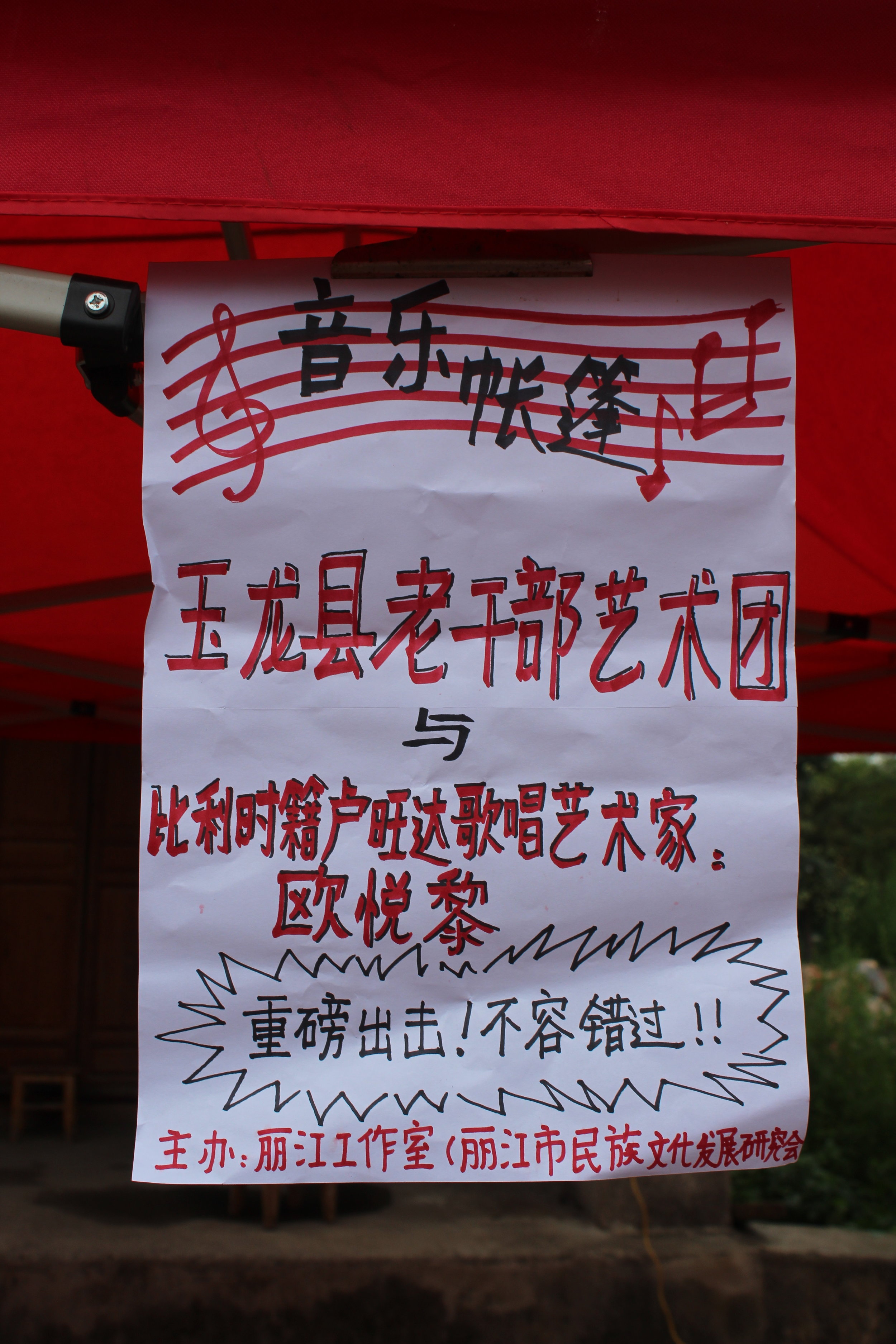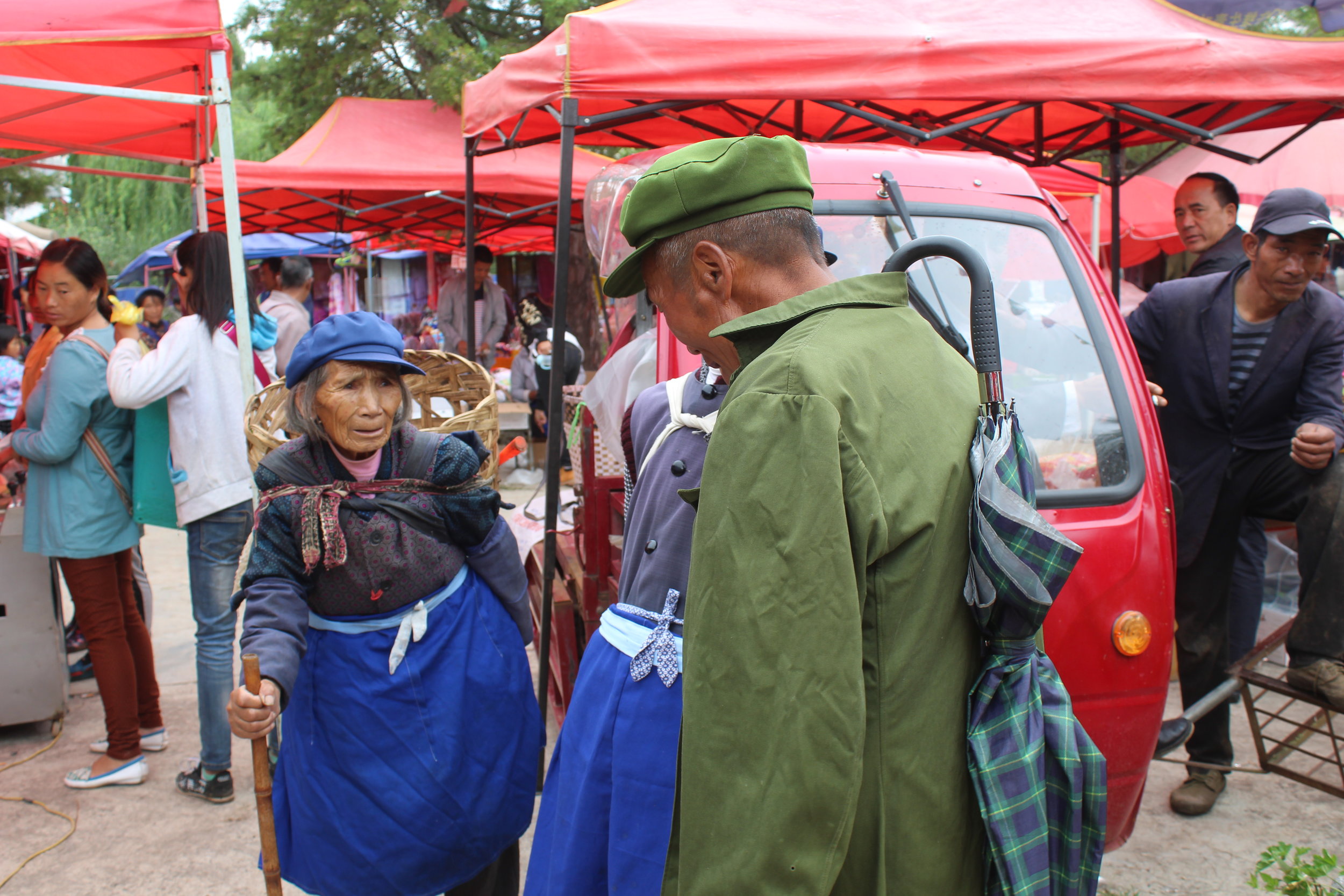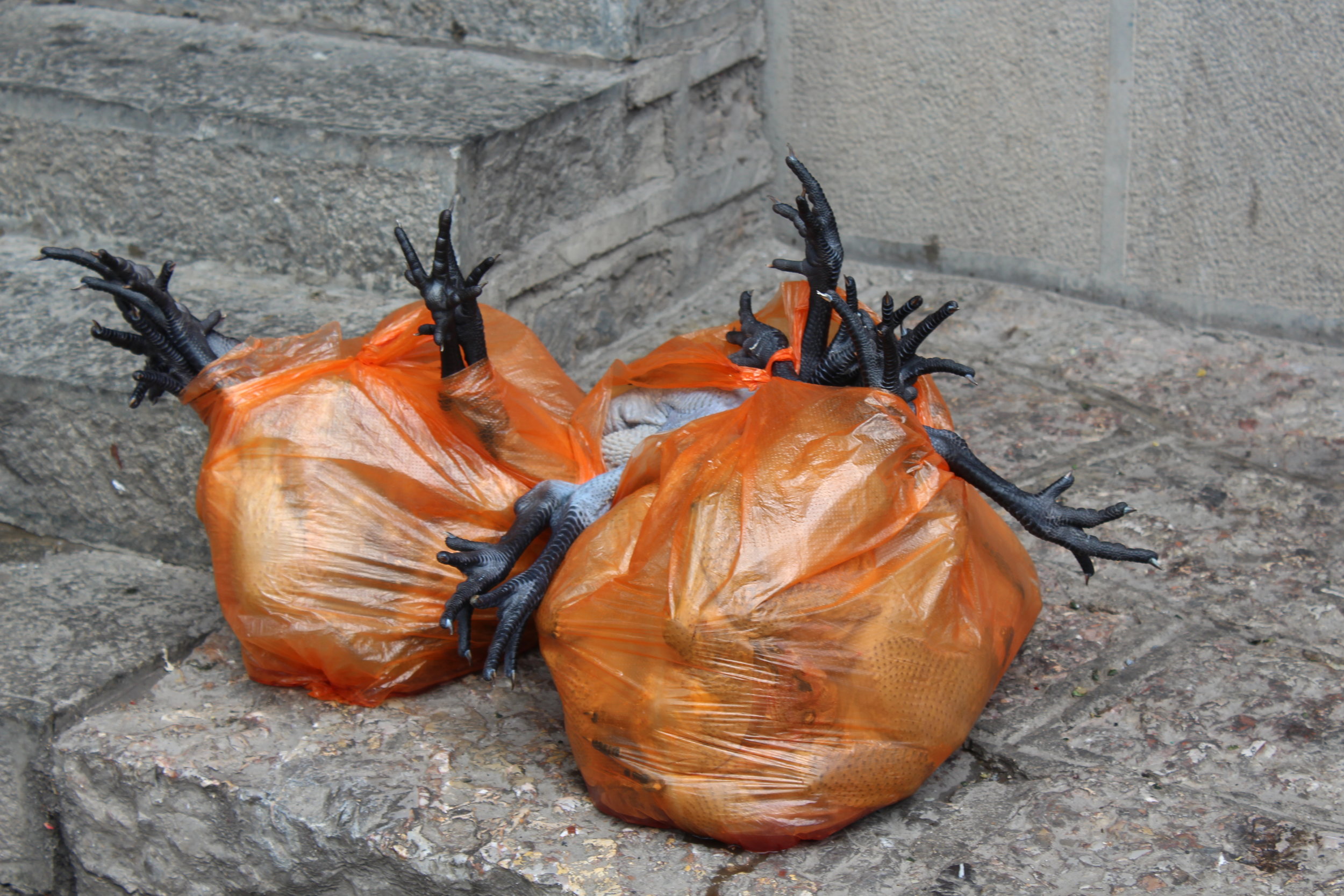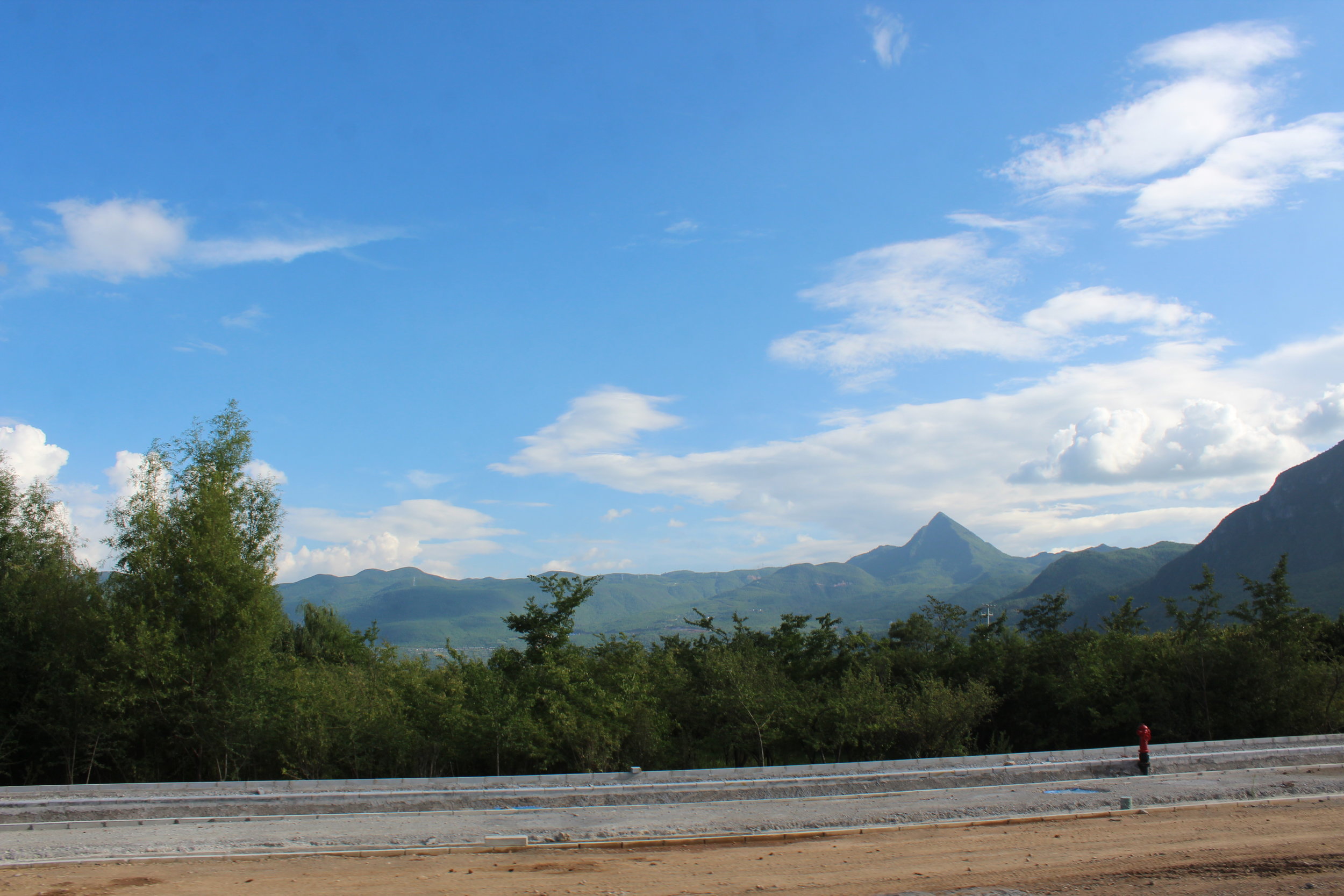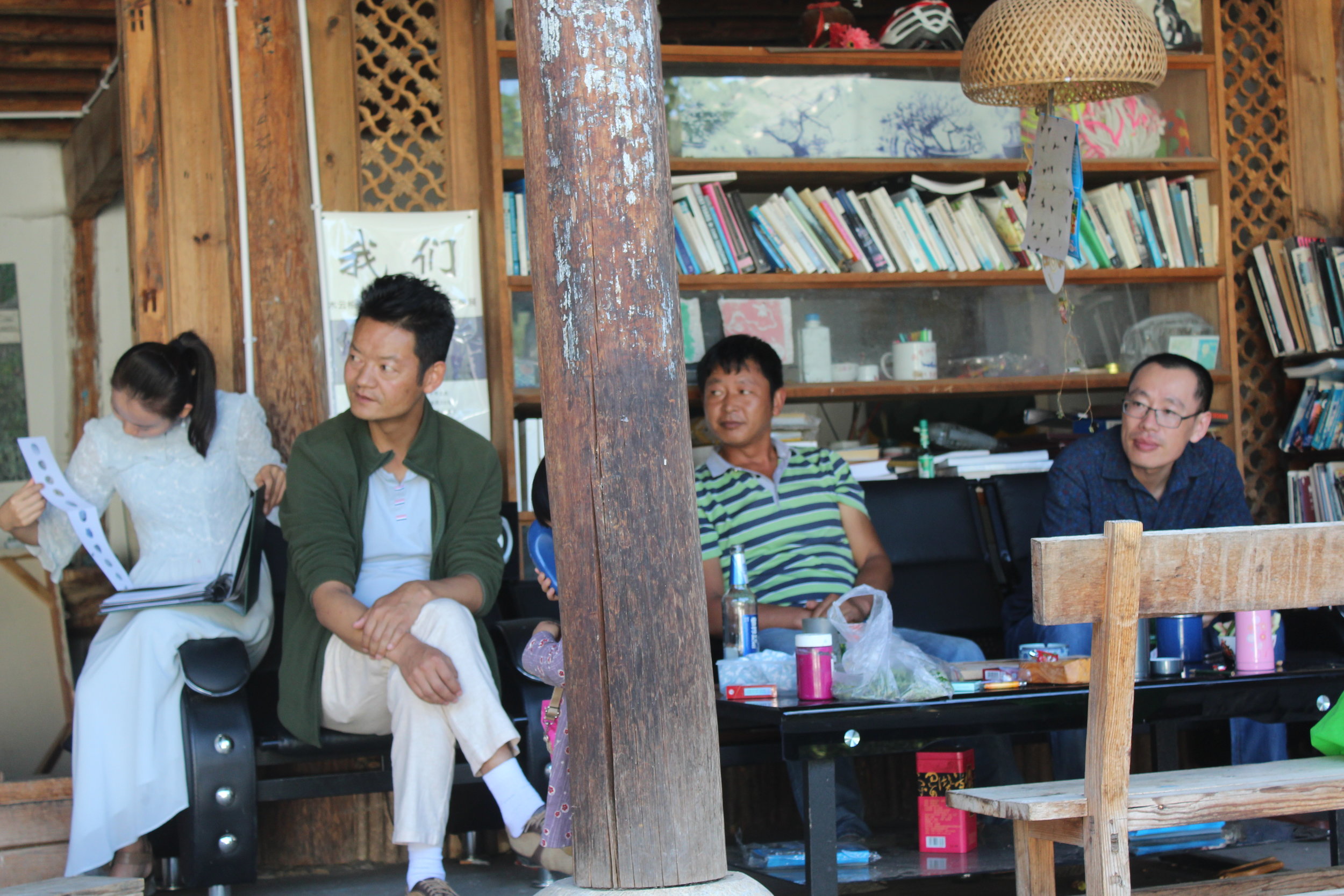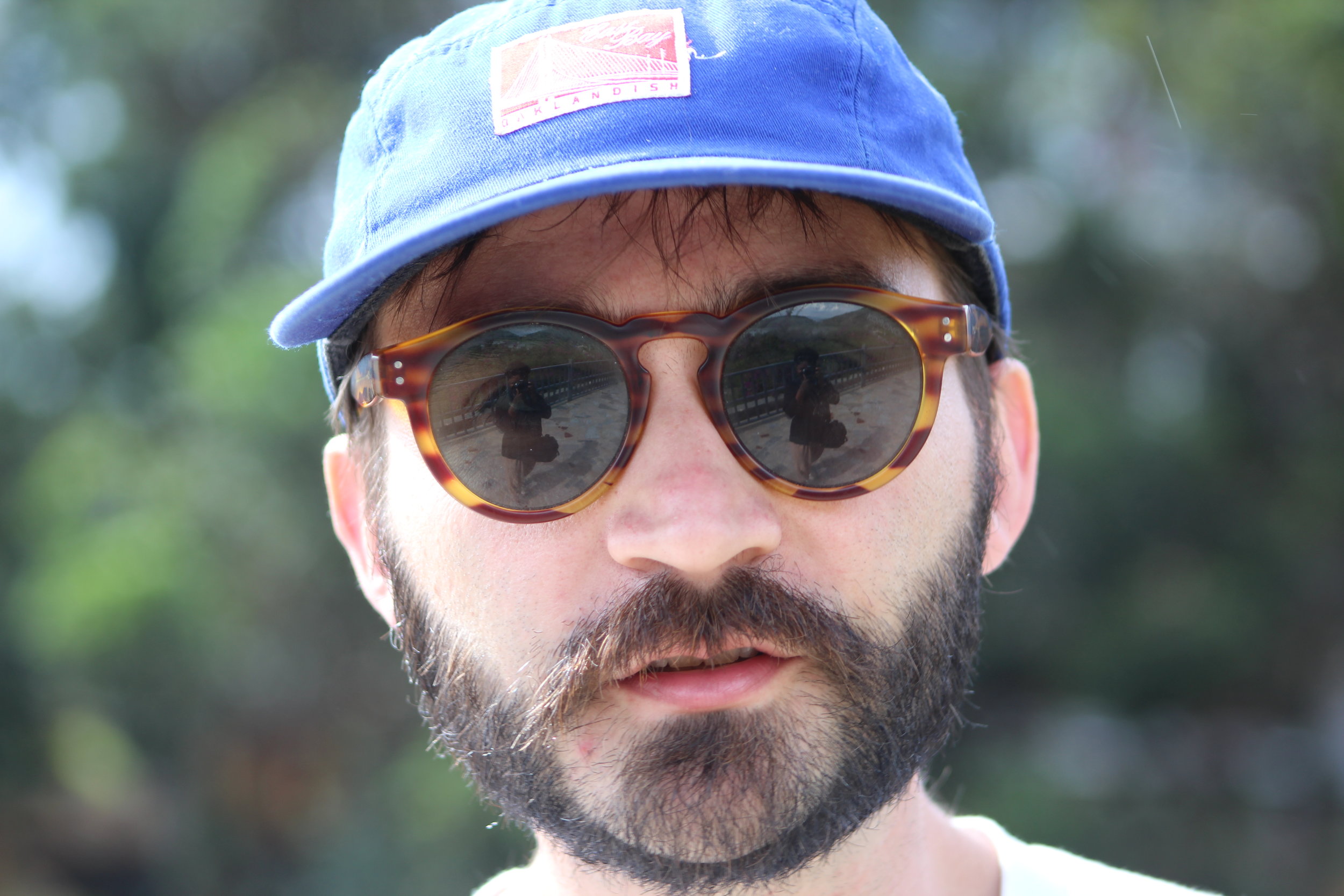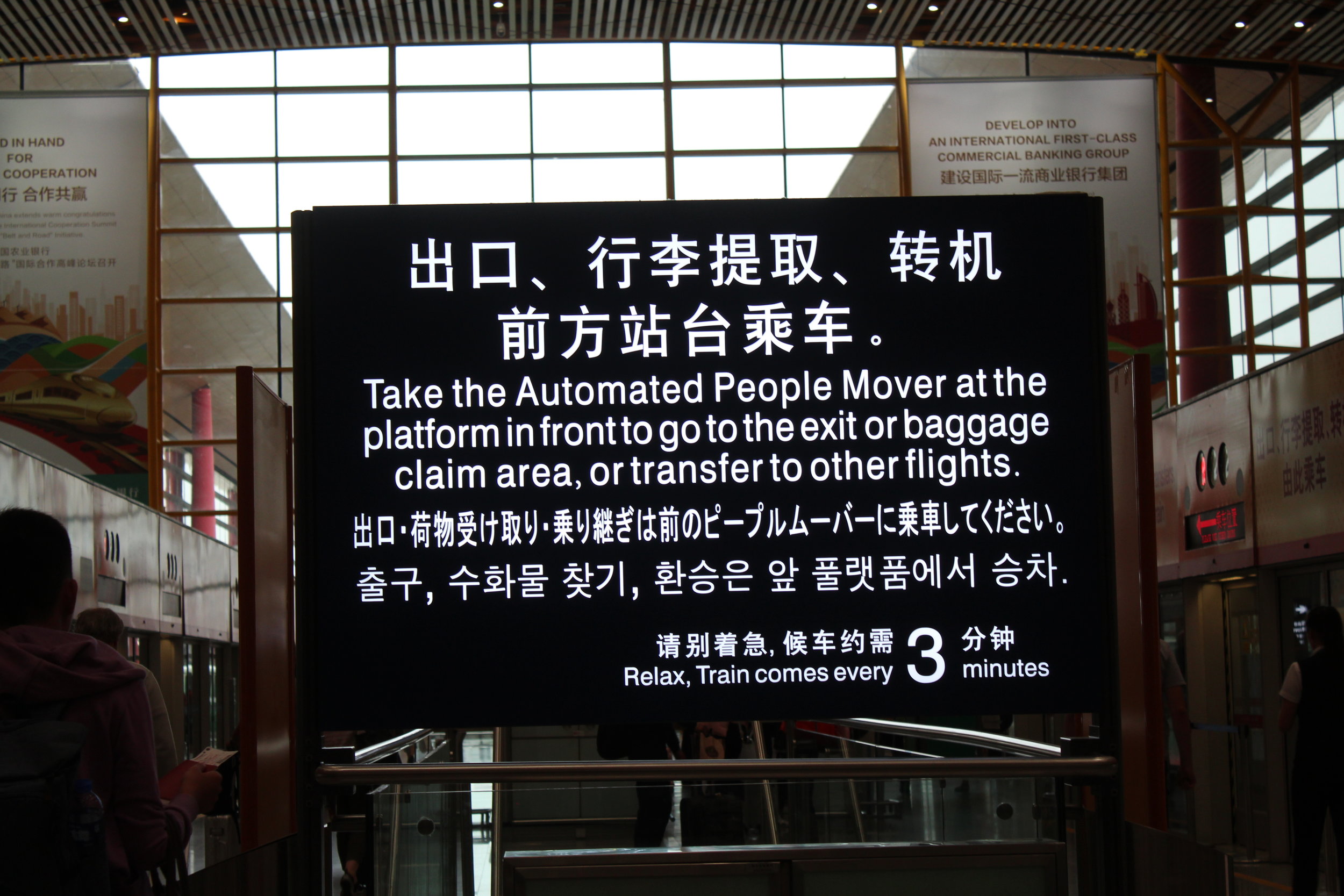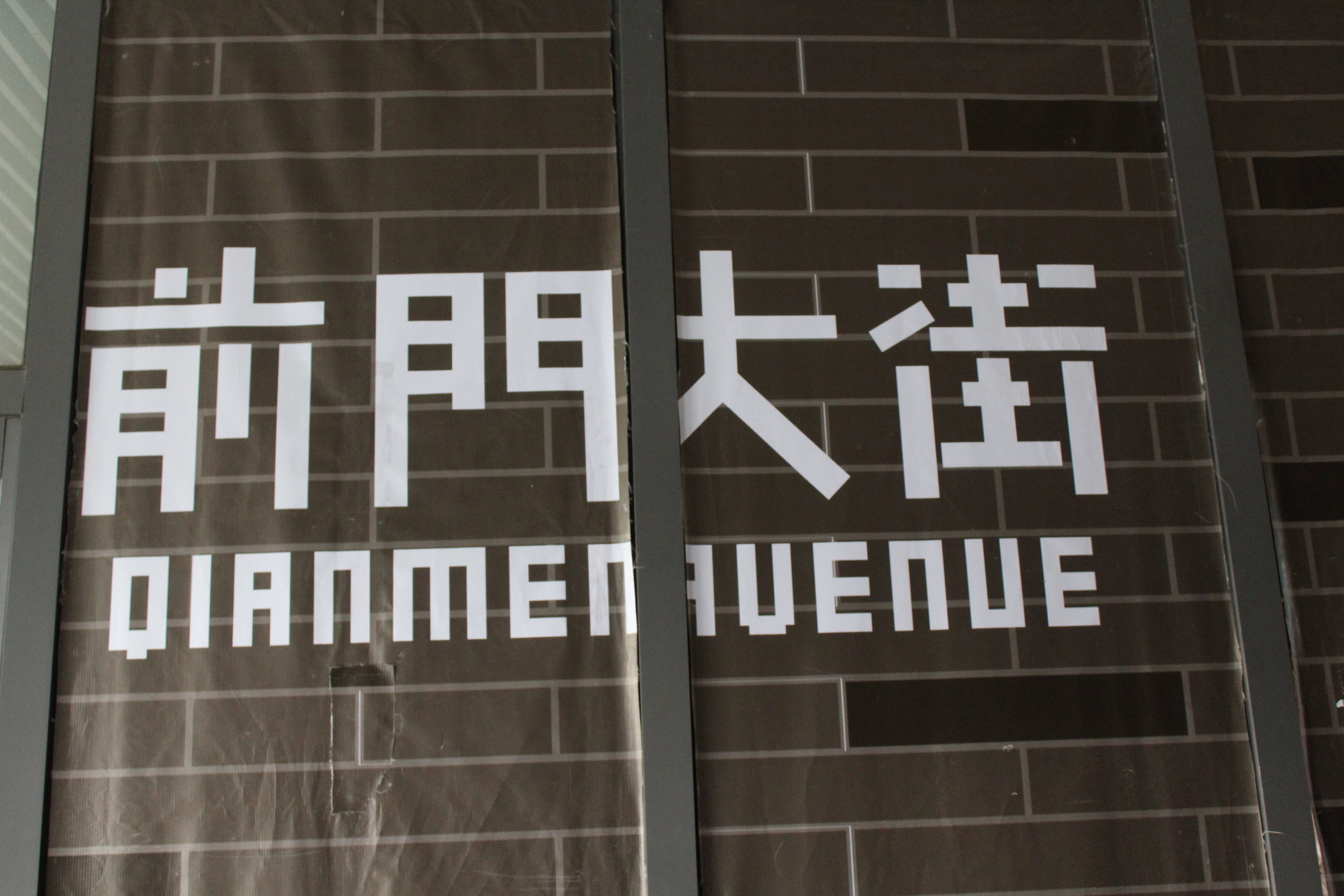crystal and friends 2017
Crystal Pascucci curated a residency based in music. The visiting artists were:
SHANI AVIRAM
"The Cistern" ("you can always come back")
w/ Danny Clay, Theresa Wong, Quán Quán and Shani Aviram.
'The Cistern' is a reimagining of an impromptu vocal improvisation conducted by Danny Clay, Teresa Wong and myself at an empty water cistern in Wumu.
The piece is compromised of a variety of vocal fragments, heavily processed and found sound, with obvious edits and microphone sounds. The fragments, stretched, cut up, interrupted and re-arranged, attempt to explore texture and layering of sounds, as well as the mercurial nature of memory, with fragments bumping into each other, parts discarded, fragments from elsewhere also find their way into the re-imagining.
Theresa Wong is a composer, cellist and vocalist active at the intersection of music, experimentation, improvisation and the synergy of multiple disciplines. Bridging sound, movement, theater and visual art, her primary interest lies in finding the potential for transformation for both the artist and receiver alike. She has toured internationally and throughout the US and is based in the San Francisco Bay Area.
I spent the month in Lijiang experimenting with the medium of video, with the intention to incorporate these explorations in an upcoming piece for Del Sol string quartet from San Francisco. I'm curious how color, gesture and sound are means of expression in a pre-linguistic way, as if to recall what the experience of perception felt like before we could speak. I made simple videos of myself improvising vocally and also of my hands gesturing and explored how these moving images could be manipulated as material; projected on all possible surfaces from the rustic mud wall of my bedroom to the pile of corn grain at the house in Wumu, rice paper with gouache painted color fields, plants, a dripping faucet, and Danny (a fellow resident) dancing around holding up a frame drum, to name a few. I am interested in the material of projected light and moving imagery not to be simply shown on a flat screen, but also integrated in sculpture (thus merging physical surfaces with projected surfaces), playing with scale and space, multiple layers of reality within a projection ('performing' with your projected self, overlapping recorded and live actions) and the use of pure color as a medium of projected paint. For the string quartet, the vocal improvisation videos have transformed into a creature of 3 mouths, which will serve as a sort of mystical/monstrous trio of backup singers. The tuning system for the piece uses a 25-tone octave, thus also exploring new harmonies in just intonation as an extension of 'color' in vibration.
One of the unexpected highlights of the residency was having multiple improvised sessions with the amazing trio of Red Scarf (based in China) and fellow Bay Area clarinetist John McCowen. It was deeply meaningful and joyous for me to connect the worlds of experimental music with the culture of my roots and to meet such sensitive and brilliant players. I plan to release the recordings of these sessions on my newly started label Euphorbia in 2018.
AURELIE LIERMAN
Aurélie Lierman explored during summer 2017 the sonic landscape of urban and rural China, via durational field recording sessions in Beijing, Shanghai, Dali, Shaxi and Lashihai. This was Aurélie’s first extended stay in mainland China, and marked the beginning of her quest to find out what East Africa – her usual field of sonic research – and East Asia may have (or not have) in common. Aurélie Lierman is mainly curious about a possible new socio-cultural hybrid as a result of the growing economic exchange and collaborations between both regions.
Aurélie Lierman hopes to continue her investigations on her next visit to Lijiang Studio.
• Here a link to pictures from her field trips in East Asia: ASIA ON TAPE - 2017
• Here a link to pictures from her (recent) field trips in East Africa: AFRICA ON TAPE 2011 - 2017
Aurélie Lierman, being a vocalist, also collaborated with several musicians: Mark Clifford (fellow artist in resident), the Naxi accordion player Mr. Lee (whom she met in an improv battle at the local Fengle market), and Naxi musician YangZemin (a.k.a. "Jimmy").
DANNY CLAY
BIO: Danny Clay is a composer based in San Francisco. His work is rooted in play, games, curiosity, and the sheer joy of making things. A part-time elementary school music teacher, he frequently collaborates with his students to produce new works for experienced musicians and amateurs alike.
[DONGBA DANCE KIT]: https://vimeo.com/228229231
I was immediately captivated by the beauty and mysteriously intuitive clarity of Dongba script, in particular their means of transcribing dance rituals. As I spent more time getting to know the writing system, it occurred to me that many of the basic building blocks of the Dongba script could serve as a means of notating simple movements of the body. I made a short ‘instruction’ video outlining some of these simple movements, with the idea that this vocabulary might be a useful way of exploring dance and notation with my elementary school music/theater students in the coming school year.
[WORDS] : A VIDEO WORKBOOK: https://vimeo.com/228215127/d50c8efbec
As a means of investigating how we use our inner/outer voices and languages expressively, I created a set of verbal and non-verbal ‘exercises’ that could be performable by anyone. These exercises included simple tasks such as thinking up specific words without saying them, saying any word that comes to mind, describing someone you love, inventing nonsense words, improvised run-on sentences, etc. I was curious to not only examine how the connection between our brains and voices could be challenged in different ways, but how those challenges might manifest themselves in different languages. After asking eleven people affiliated with the Lijiang Studio to record themselves performing these exercises, I created this 30-minute collage video in eleven sections, each connected to a specific exercise. The video features performances in Mandarin, English, Cantonese, Naxi, Hebrew, and Flemish Dutch.
ER GE SLEEPS:
One sleepless night while staying in the village of Wumu, I made a 2-hour recording of Lijiang Studio host He Er Ge snoring. It hadn’t occurred to me until then how deeply intriguing the sonic structure of snoring can be - patient, hypnotic, organically evolving, yet entirely unpredictable from sound to sound. In order to examine this in a musical context, I improvised a bass solo over this recording in a bedroom at Lijiang Studio, and invited others to stay and fall asleep to it.






